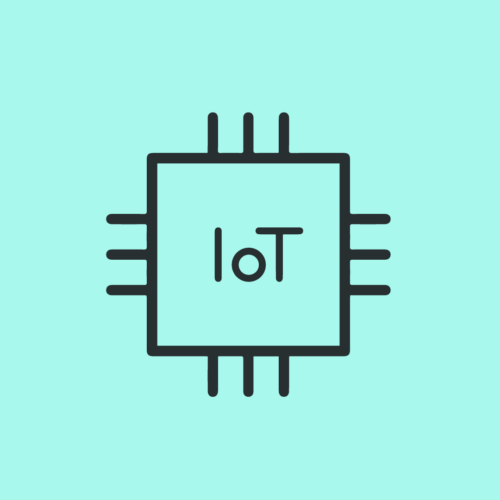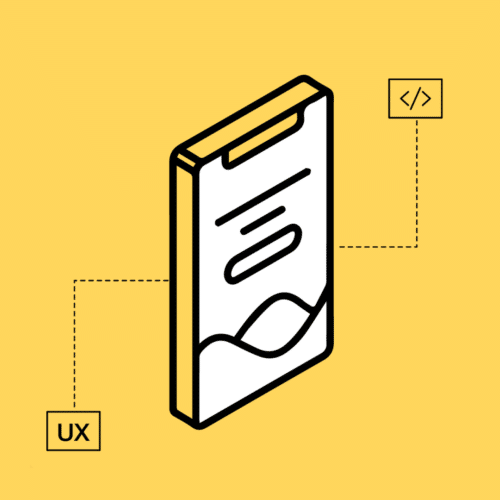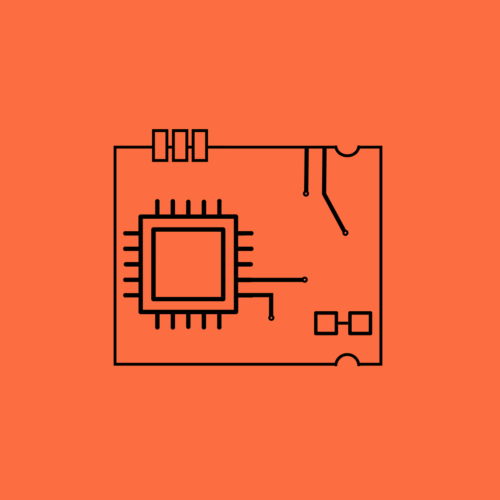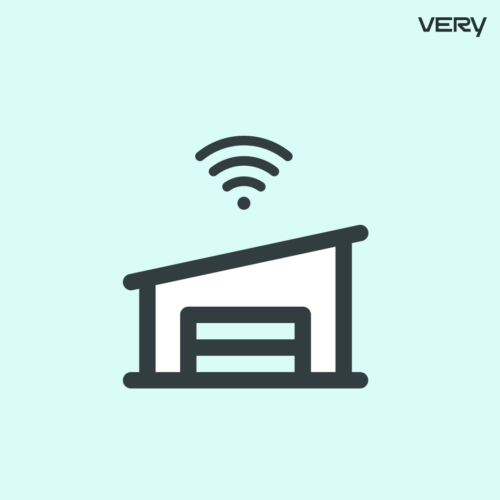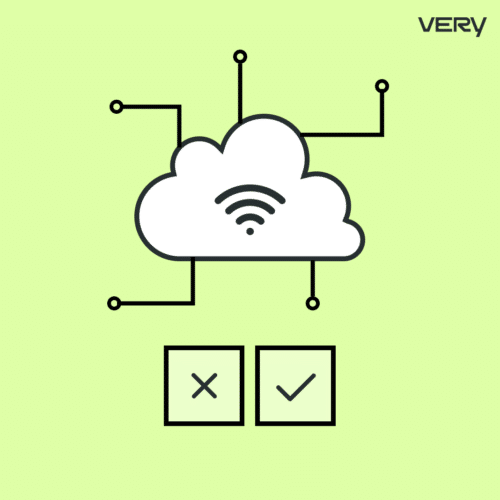BLOG
IoT Product Compliance Guide, Part 3: Cost & Process
In Part 1 and Part 2 of this series, we covered why IoT product compliance matters, the different regulators and certifications in play, and which devices you need to certify for your project. Now, we’ll tackle the biggest questions: cost, and the process you’ll need to follow to be successful.
The Cost of Product Certification
While the price of doing your product certification up-front is substantially lower than the cost of a lawsuit or the halting of production that a lack of certification could cause, there are associated costs requirements to note:
- FCC Testing: Fee guide from agency listed here.
- IC Testing: Fee guide from agency listed here.
- UL Testing: Cost and time frames vary based on type of product and scope of the assessment. You’ll need to contact the appropriate department for more information.
- CE Testing: Because conformity tests can be completed by the manufacturer rather than the agency, costs may vary.
- PTCRB Testing: Consult with PTCRB-accredited labs. While talking with various sales reps and support engineers, I’ve asked about this. My general understanding is that these costs can be well over $50,000, and they add months in time-to-market.
- GCF Testing:The annual membership fee for 2022 ranges from $5,700 to $11,400 depending on the type of product you manufacture. This does not cover the cost of testing. Consult with a GCF-accredited test lab.
- Wi-Fi Testing: Annual membership fee. Consult with an authorized test lab.
- Bluetooth Testing: Annual membership fee. Fee guide from the organization listed here.
The Process for IoT Product Certification
The overall process should begin when the project first starts. The regulations with which the product must comply must be understood up-front because the overall process is quite lengthy. A little bit of planning now can save a lot of time and money later.
Design
This is usually the most fun part of developing a new product. Knowing what regulations are going to be required informs the components that can be utilized within the system. There are a lot of application notes available from a wide variety of manufacturers informing you (usually with a bit of a sales pitch) about designing for meeting various regulations. Again, spending a little bit more time in this stage can save a lot of time later.
Documentation
This step is often skipped until the test lab asks you for something, and then you stand there with a blank look on your face as you try to understand what they’ve asked. In most cases, the following documents should be ready to go before pursuing any kind of testing. Keep in mind that some of the documents may be made public domain. Be sure to work with your compliance consultant or test houses to ensure you understand what documents are required and which ones will be public.
- Block Diagram: This is a high-level document that outlines what makes up a product. It’s good to include things like processor clock speeds, communications bus clock speeds, any RF peripherals, and any physical ports that connect in-between sub-assemblies of the product or to the outside world.
- Specification: This details the requirements of the product. Things like input voltages, current ratings, approved peripherals, RF frequencies, etc. should be included here.
- User’s Guide: This should contain guides for installation, maintenance, and troubleshooting. This also should contain verbiage specific to any relevant standards the product holds.
- Schematics (Not Public): Schematics are required by the test house to ensure they understand what they are testing. Sometimes, you might think you’ve explained all of the relevant details to the test house, but when you start testing something else comes up.
- Labels: If the product is large enough for a label, it should contain the appropriate verbiage. If applicable, device IDs of pre-approved modules contained within the product should be included. Also, any appropriate logos should be placed in an “easily visible location.”
Pre-Compliance Testing
One thing I’ve found helpful in reducing the overall cost of certification testing is to make sure that you’ll pass the test ahead of time by pre-compliance testing your device. While the product testing necessary for official certification almost always needs to be performed in an accredited lab, you can do your own product testing in a non-accredited lab first to verify that your product meets all the requirements. If something is amiss, you can then go back and make adjustments without having to pay for a fully accredited lab to test your product multiple times. Many good pre-compliance test labs will also work with you on the design in order to meet the requirements.
Re-Design
In an ideal world, this step is skipped altogether. Unfortunately, we live in the real world. As a result, things often break in unexpected ways – especially as more ports and peripherals are added to a product. If you’ve come to this step from pre-compliance testing, then you will be appreciative that you will have a much better chance of passing the actual compliance tests. If you’ve come here from the actual compliance tests, then you’re probably pretty frustrated that you didn’t consider compliance from the start or perform pre-compliance testing.
Compliance Testing
This is it! If everything has been considered from a compliance standpoint, these tests are relatively painless. If your product is really complicated, that could also make the tests more complicated. However, sometimes your product begins to fail in a new way during testing. Most test houses are willing to work with you on this, but it is better to try to get a sense of that before an issue arises during testing. The worst-case scenario is a major re-design, but even minor re-designs require the whole test suite to be performed again.
Filing
Now, this is really it! If you’ve reached this point, then you’ve passed your compliance tests. The test lab should provide a report. You (or your representative) will work to get all of the necessary paperwork in order, the test lab will write the report, and then the filing will be sent for review. If the documentation is in order, the review board may request some clarifications. If the documentation is incomplete, this will cause this final stage of the process to drag out.
The end result of filing should be a Declaration of Conformity (DoC) which states that your product has been tested and complies with the necessary standards. In order to legally put labeling bearing any regulatory agency markings, the DoC should be completed.
Product Testing for Your Next Project
While this guide is certainly not comprehensive for every type of product testing and certification you might ever need to know about (a book would be a better format for that), this overview should provide you with some high-level guidance as you develop your next product.




